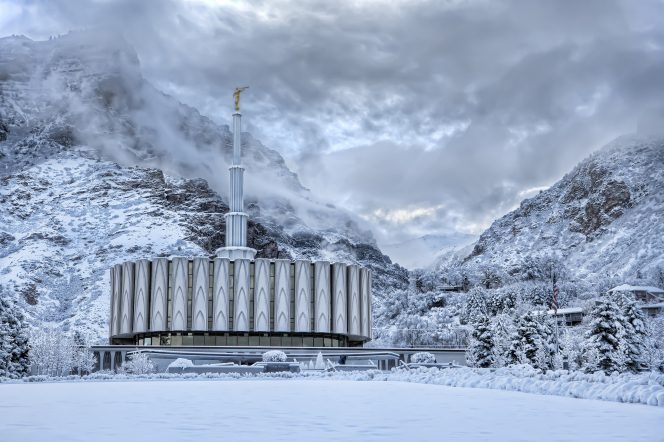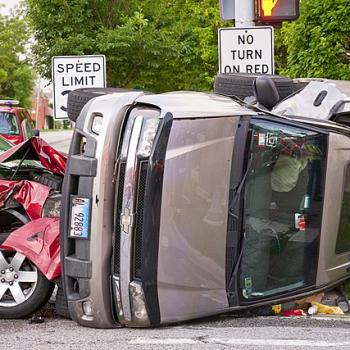
I’m finally reading the superb book by Fiona Givens and Terryl Givens, The Christ Who Heals: How God Restored the Truth that Saves Us. I sometimes encounter derisive comments from certain critics about how shallow Mormonism supposedly is. Such complaints astonish me. I find the implications, entailments, and disclosures of the Restoration radical and utterly profound. And so, it seems, do Fiona and Terryl:
Mormon is so rich in doctrine, so expansive in its teachings, that we may be too easily distracted from this one cardinal proposition: The Restoration recovered that Christ who is the most remarkable being in the history of religious thought. (1)
They endeavor to show, in fact, that the figure of Christ “comes into his full splendor and beauty through the lens of the Restoration” (1).
Mormonism has immense theological profundity. It repudiates notions of inherited guilt and depravity, restores vulnerable compassion and empathy to a Heavenly Father, recaptures the saga of human preexistence and our literal co-heirship with Christ, and provides a coherent scheme of salvational plenitude for the dead as well as the living. Its doctrines are alternately exhilarating and consoling, controversial and common-sensical. (2)
I strongly suspect that one of the factors in recently declining conversion rates and in some retention problems among young Latter-day Saints is our failure to adequately exhibit the exciting and radical depth of Mormonism. This book is a helpful instrument for reminding ourselves and others of what we’ve sometimes allowed to be obscured.
Especially in this context, I like their comments on what Latter-day Saints often call the “Great Apostasy”:
This “falling away” does not represent some minor corruptions of sacramental liturgy or ritual forms. It is not about wicked priests whom God punished by removing their priesthood. It is about a fundamental misapprehension of the background and purpose and extent of the covenant (premortal origins, mortal incarnation, and eventual theosis and sealing into the eternal family). It is the loss of the mode by which that covenant is executed (through temple covenants that create those chains of infinite belonging, completing our journey from intelligence to joint heirship with Christ).
The loss of the larger cosmic context was compounded by failing to see the Fall as a necessary and premeditated immersion of humankind into the crucible of experience, suffering, and schooling in the practice of love. The loss was not about baptizing at the wrong age or in the wrong medium. It was about not knowing that baptism makes us — all of us eventually — literally members of Christ’s family and co-heirs with him as planned in premortal councils. What is at stake is not simple difference in standards of sexual practice or marriage’s purpose per se. It is about failing to see the family structure as a divine mode of eternal association that is at the very heart of heaven itself. In sum, the “Restoration” is not about correcting particular doctrines or practices as much as it is about restoring their cosmic context. (14-15)
***
Some will find this of interest:
“John Dehlin showing he is either ignorant and/or deceptive”
And/or this:
“New Life for Ancient Word Plays in the Book of Mormon: Paanchi, Ankh, and Deadly Oaths”
***
And the latest installment of the bi-weekly Hamblin/Peterson column has appeared in the Deseret News:
“The four great gods of ancient Hawaiian religion”












